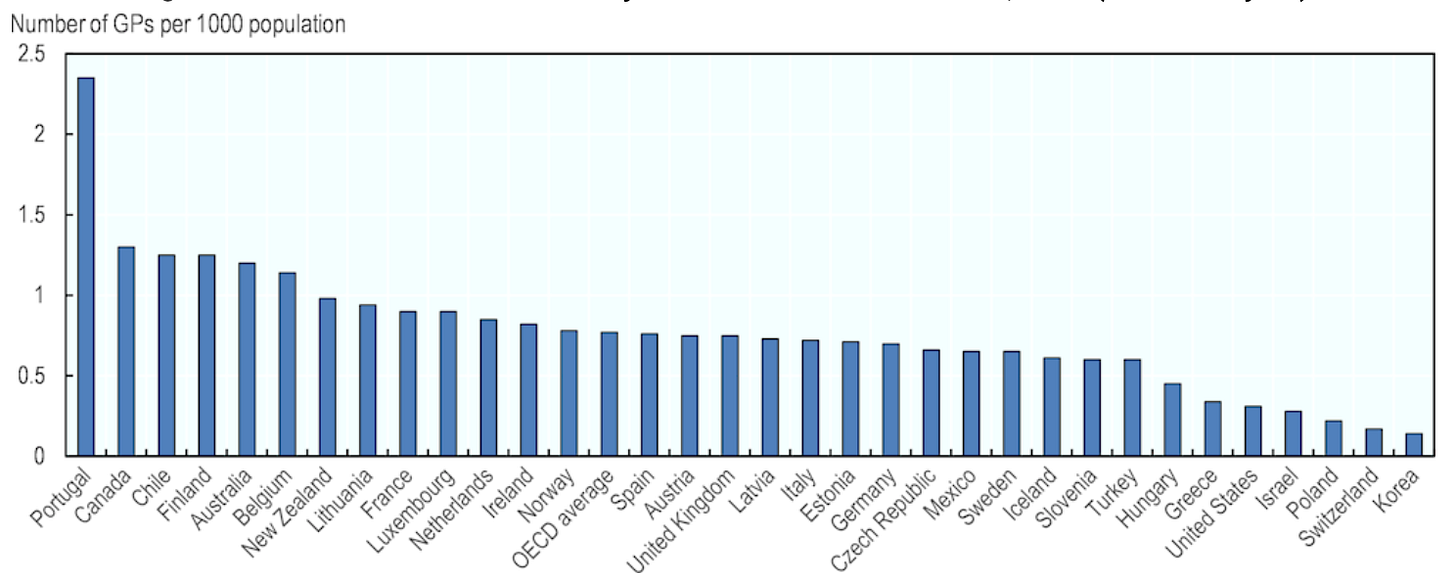How did American Healthcare get so Bad?
How did American healthcare get so bad? Why do we tolerate a system where you risk bankruptcy for a hip replacement?
Compared to socialized medicine, on almost any metric the US has one of the best medical systems in the world -- doctors per capita, hospital bed capacity, waiting times, surgical outcomes, access to specialists.
I'm not saying it's great …
Keep reading with a 7-day free trial
Subscribe to Profstonge Weekly to keep reading this post and get 7 days of free access to the full post archives.


